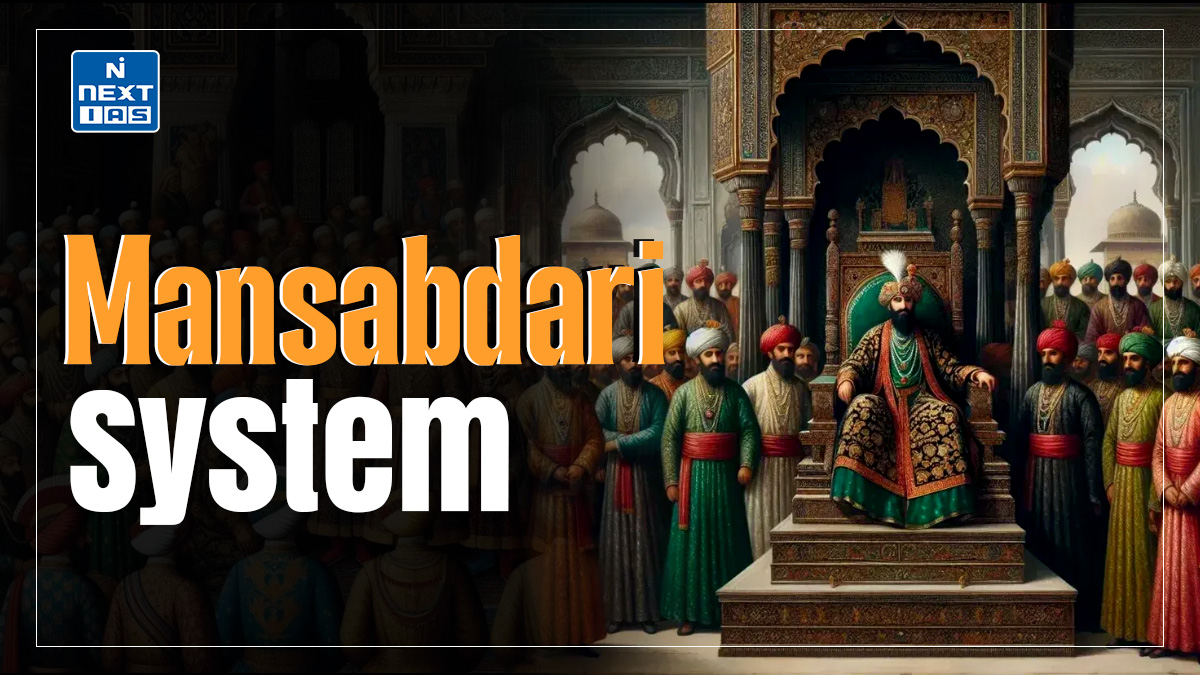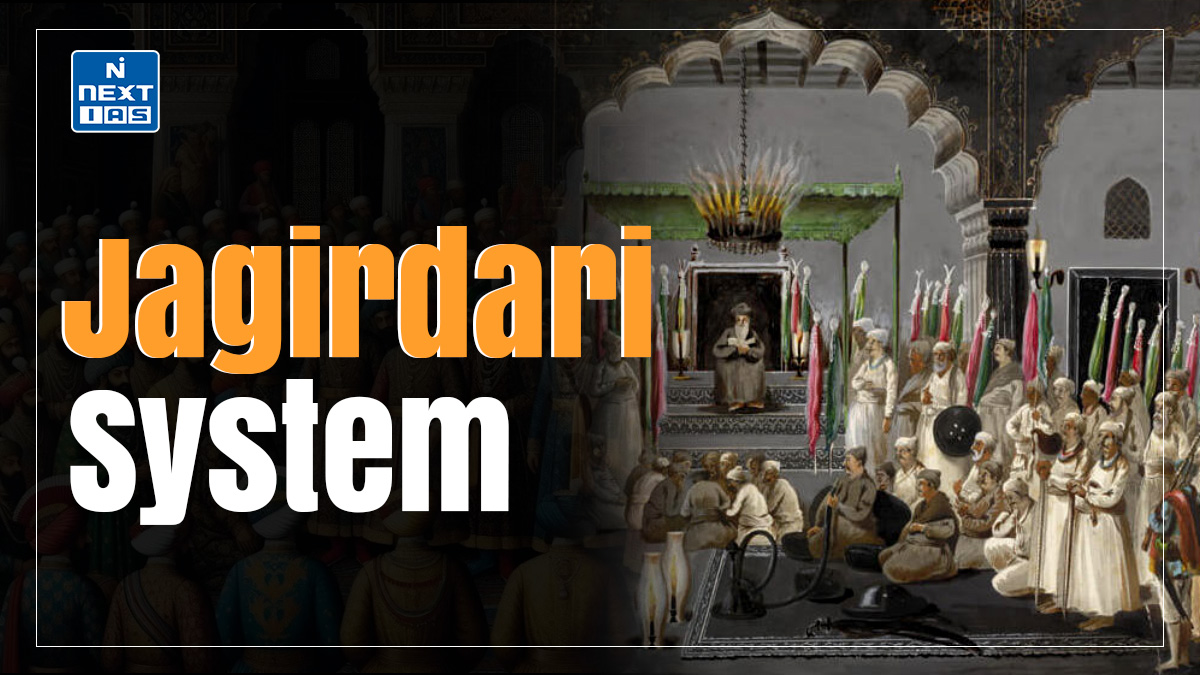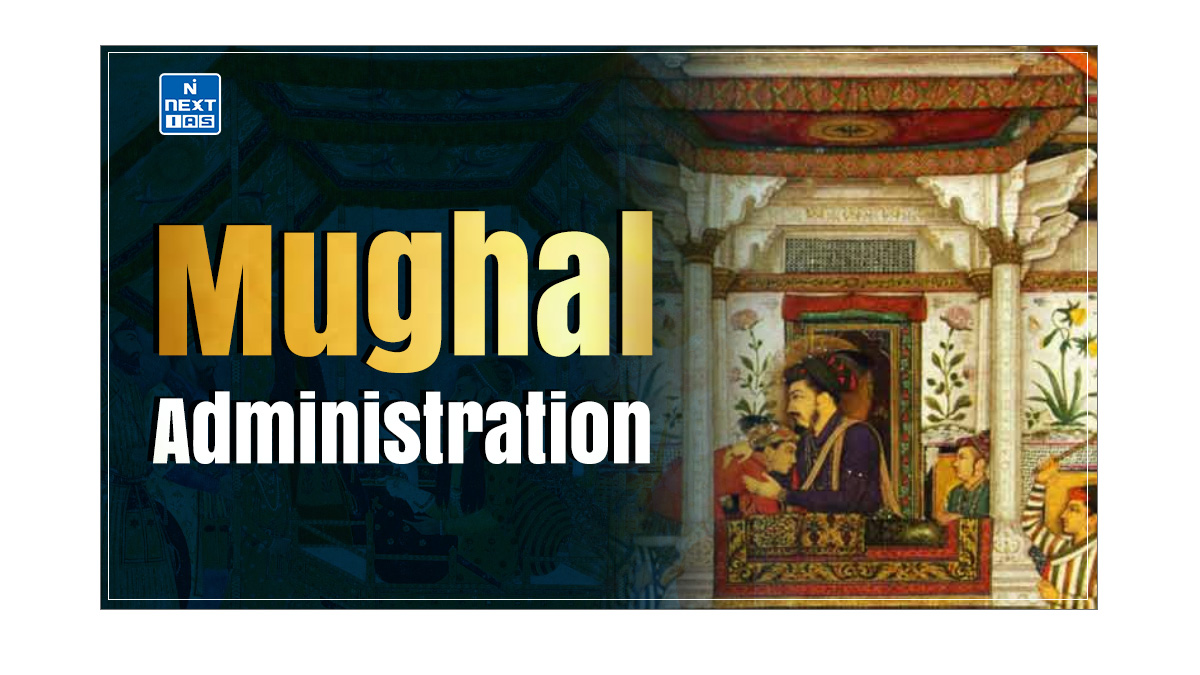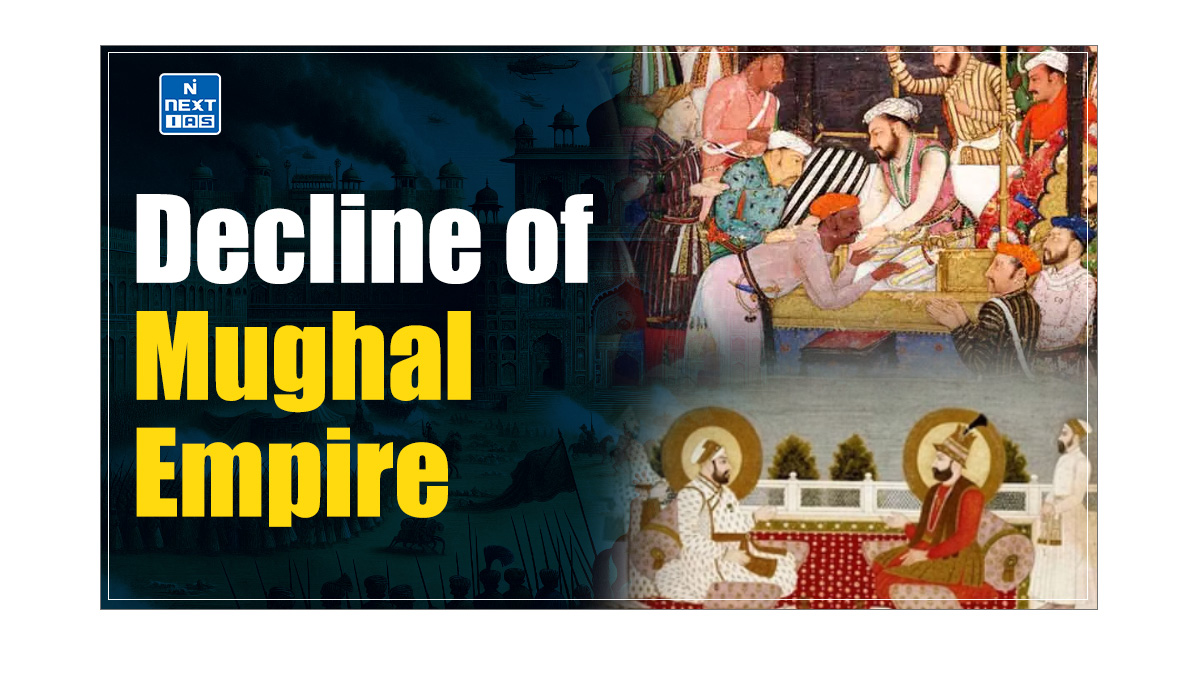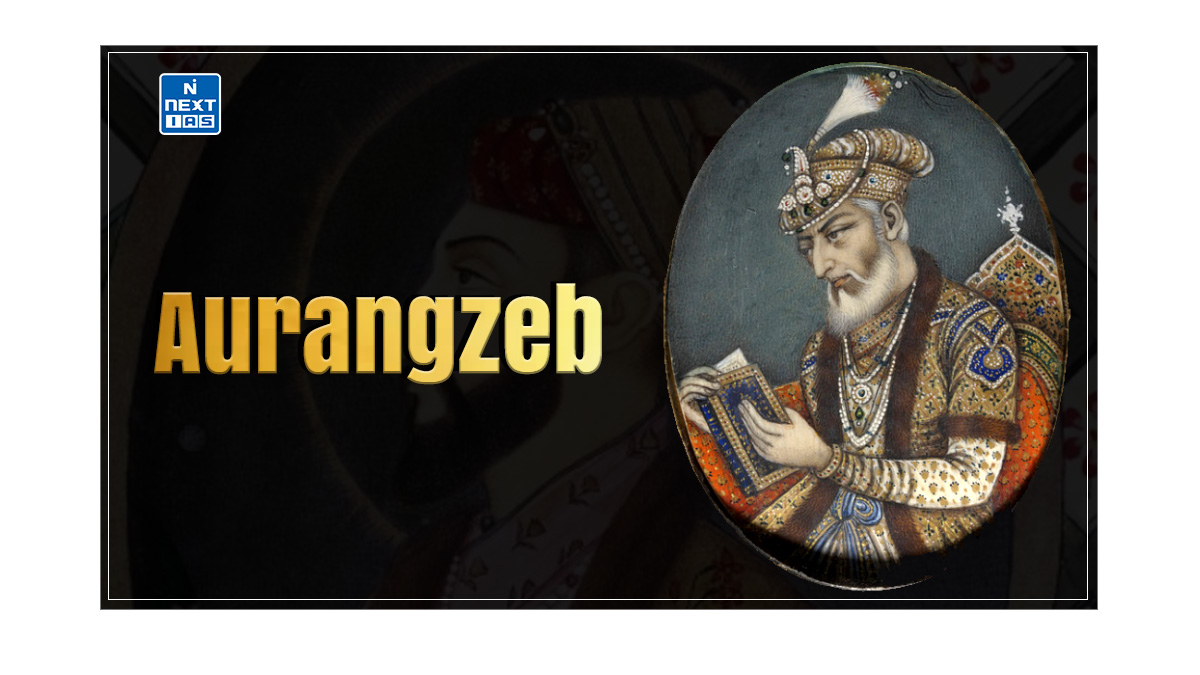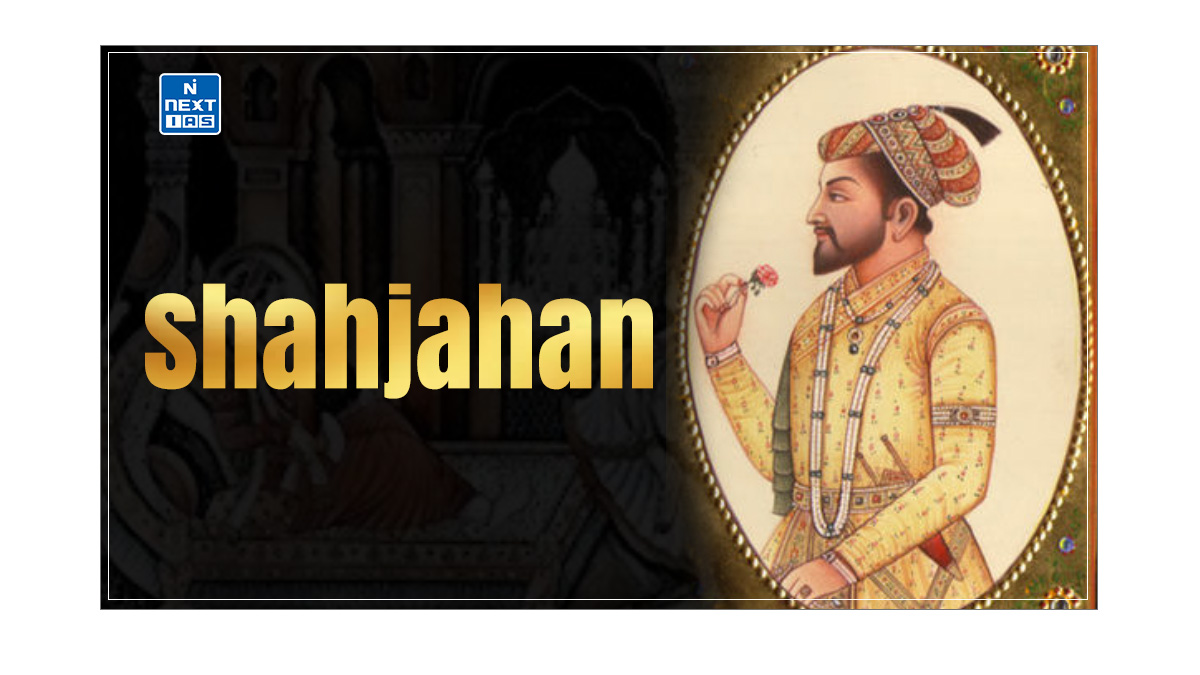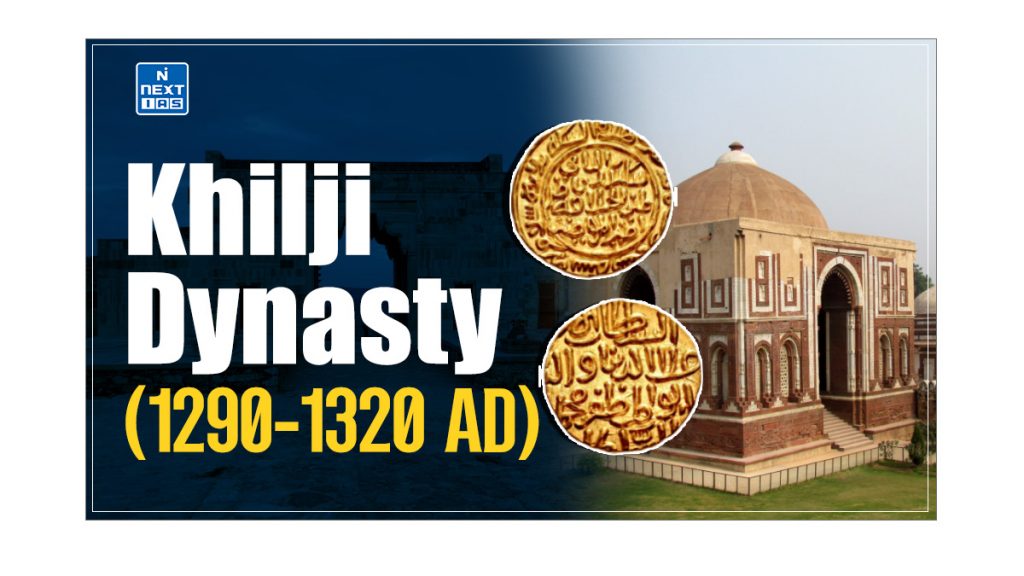
The Khilji Dynasty (1290–1320 AD) was the second ruling dynasty of the Delhi Sultanate, established by Jalal-ud-din Khilji. It is significant for its military conquests, economic reforms, and efforts to expand the empire, especially under Alauddin Khilji, one of its most powerful rulers. This article aims to study in detail the major rulers, administrative policies, military conquests, and the overall impact of the Khilji Dynasty on Indian history.
About khilji Dynasty
- In 1290 AD, the slave sultans were succeeded by a new dynasty of kings called the Khaljis.
- The non-Turkish sections of the nobles welcomed their rebellion. The Khalji dynasty was named after a village in Afghanistan, but its kings were Turkish in origin.
- The Kings of the Khalji Dynasty were known for their faithlessness and ferocity.
All important rulers of the Khalji Dynasty have been discussed in detail in the following section.
Jalal-ud-din Khalji (1290-96 AD)
- Jalal-ud-din Khalji was the founder of the Khalji dynasty. He was seventy years of age when he ascended the throne.
- Jalal-ud-din Khalji was the first ruler of the Delhi Sultanate who believed that the state should be based on the willing support of the governed and that since the vast majority of Indians were Hindus, India could not be a truly Islamic state.
- Jalal-ud-din Khalji tried to win the nobility’s goodwill by a tolerance policy.
- Although Jalal-ud-din Khalji retained the earlier nobility in his administration, the rise of Khaljis to power ended the monopoly of the nobility of slaves to high offices.
- Jalal-ud-din Khalji was a pious Muslim and desired to consider himself Mujahid fi Sabilillah (fighter in the path of god).
- Jalal-ud-din Khalji constructed his capital at Kilokhri, where he ruled for nearly six years. Though he faced several attacks from the Mongols, his brave front and smart negotiations led to the defeat of the Mongols.
- Jalal-ud-din Khalji avoided harsh punishments, even to those who revolted against him. He not only forgave them but, at times, even rewarded them to win their support.
- However, people considered him to be a weak sultan. The most significant event of Jalaluddin Khalji’s reign was the invasion of Devagiri by his son-in-law Alauddin Khalji, his nephew.
- Alauddin Khalji successfully invaded Devagiri and accumulated surplus wealth. He killed Jalal-ud-din Khalji and ascended the throne.
Alauddin Khalji (1296-1316 AD)
- Alauddin Khalji was the second and most powerful ruler of the Khalji dynasty.
- Alauddin Khalji wanted to become a second Alexander and conquer the world. Alauddin had two victorious expeditions during the reign of Jalaluddin.
- The successful expedition proved that Alauddin Khalji was an able military commander and efficient organiser.
- In July 1296 AD, he murdered his uncle and father-in-law, Jalaluddin Khalji and crowned himself as the Sultan.
- Alauddin Khalji decided to revive Balban’s policies of autocratic governance. He also faced a few rebellions during the early years of his rule.
- As per Barani, the author of Tarikh-i-Firuz Shahi, Alauddin Khalji felt that there were four reasons for these rebellions:
- The inefficiency of the spy system,
- The general practice of the use of wine,
- Social intercourse among the nobles and inter-marriage between them and
- The excess of wealth in the possession of certain nobles.
- Alauddin Khalji was the first Turkish sultan of Delhi to separate religion from politics and proclaim, ‘Kingship Knows no Kinship.’
- ‘When he attained Kingship, he was fully independent of rules and orders of Shariat’ Barni made this statement for Alauddin Khalji.
- Alauddin Khalji also built the palace of a thousand pillars called Hazar sutun.
- Realising land revenue in cash enabled Alauddin Khalji, the first sultan, to pay his soldiers in cash.
- Alauddin Khalji assumed the title of Sikandar-e-Sani (Alexander the Great) and imprinted it on his coins.
- Alauddin Khalji had the ambition to introduce a new religion but abandoned the idea on the advice of his faithful friend Alla-Ul-Mulk.
- In 1303, Alauddin Khalji attempted to conquer Warangal, but an army of the Kakatiya dynasty defeated him.
- Ramchandra Dev was the ruler of Devagiri at the time of Alauddin Khalji’s invansion.
- Malik Kafur looted Devagiri (1307) and took Ramchandra Dev, including his relatives, to Delhi. Alauddin behaved well with Ramchandra Dev and gave him the title of ‘Rai Rayan’.
- During the regime of Alauddin Khalji Khalisa, the land was developed on a large scale.
- Alauddin Khalji fixed land revenue to one-half of the produce.
- Alauddin Khalji introduced the public distribution system during the Sultanate period.
- During the Alauddin period, the Sindhu (Indus) river was the border between Delhi Sultanate and Mongol.
Sultanate’s Expansion during Alauddin Khilji
- Alauddin Khalji adopted the policy of blood and iron and conquered many new territories during his tenure. He conquered Malwa, Devagiri, Warangal, Chittor, Ranthambhor, Madurai and Gujarat.
- In Gujarat, Alauddin Khalji secured the services of eunuch slave Malik Kafur,, who became the Alauddin Khalji army general.
- Alauddin Khalji launched two expeditions between AD 1302 and 1303. The first was against Warangal, followed by Chittor.
- Alauddin Khalji also won Siwana, the most important stronghold of Marwar and Jalor.
- Alauddin Khalji went to southern India and drained the wealth of Madurai and Rameshwaram. He was the first ruler from North India to extend his kingdom south of the Narmada River.
Administrative System during Alauddin Khilji
- Alauddin Khalji laid the foundation for an efficient system of government. He firmly believed in the non-interference of anyone in state affairs.
- Even Ulemas (a body of Muslim scholars recognised for having specialist knowledge of Islamic sacred law and theology) were not allowed to interfere.
- Alauddin Khalji introduced many reforms to strengthen his empire. He ordered the nobles not to have social gatherings or intermarriages without prior permission.
Market Reforms during Alauddin Khilji
- Alauddin Khalji’s measures to control the markets were one of the world’s great wonders.
- Regulation of prices, especially for foodgrains, was a constant concern of medieval rulers because, by supplying the towns with cheap foodgrains, they could hope to enjoy the support of the citizens and the army stationed there.
- However, Alauddin Khalji had additional reasons for controlling the market. There was a need to raise a long army to check the threat from the Mongols. But such an army would soon exhaust his treasures unless he could lower their prices and salaries.
- Alauddin Khalji appointed special revenue officer for collections. The revenue was based on the measurement of land.
- Alauddin Khalji initiated various market reforms and established multiple markets in Delhi. These markets were the grain market (Mandi), the cloth market (Sarai Adil), the sugar market, dried fruits and butter, and the market for horses, slaves, and cattle.
- Each market was under an officer called Shahna-i-mandi, who an intelligence officer assisted.
- Alauddin Khalji used to receive daily market reports from two independent sources: the Munhiyans (secret spies) and the Barid (intelligence officer).
- Alauddin Khalji was very strict with the rules and regulations of the market, and the violations were served with harsh punishments.
Military Reforms during Alauddin Khilji
- Alauddin Khalji organised a very efficient spy system.
- Alauddin Khalji was the first in the Delhi Sultanate to lay the foundation of a standing army based on the Turkish model and protected the country from Mongol invasions.
- Alauddin Khalji introduced the system of branding horses and also maintained a list of soldiers.
- Alauddin Khalji organised various workshops and factories to manufacture weapons and other war materials. The soldiers were equipped with horses and arms.
- Alauddin Khalji repaired the fort constructed by Balban in the Northwest frontiers and also constructed new forts, which were garrisoned. Arrangements were made for a regular supply of arms, food and fodder.
Revenue Reforms during Alauddin Khilji
- Alauddin Khalji administered the price of every commodity and ensured a sustainable balance between demand and supply.
- Alauddin Khalji followed strict rules so farmers could not hoard or sell grains privately. The price of commodities was maintained at a nominal rate, which was affordable to all.
- Alauddin Khalji ordered the whole land measurement and then fixed the share to the state.
Administration of Khilji Dynasty
- The administration of the Khilji Dynasty was marked by significant reforms, particularly under Alauddin Khilji.
- He centralised power, reducing the influence of the nobility by curbing their wealth and enforcing strict supervision.
- Alauddin established an efficient spy network to watch provincial governors and prevent revolts closely.
- His most notable reform was the market regulation system, which fixed the prices of essential commodities to ensure affordable supplies for the army and the public.
- He introduced the Dagh (branding of horses) and Chehra (soldier rolls) to prevent corruption in the military.
- Additionally, he reorganized land revenue collection, imposing heavy taxes on peasants, and expanded the Iqta system, where land was granted to nobles in return for military service.
- These reforms strengthened the central authority of the Sultan and ensured the efficient functioning of the administration.
Art and Architecture of Khilji Dynasty
- The Khalji dynasty marked a new phase of medieval architecture history.
- Most of the monuments during the Khalji dynasty were built in Arabic architecture.
- Alauddin constructed a huge minar near Qutab Minar, but this ambition was incomplete due to his death.




- Alai-Darwaza was another notable piece of Islamic architecture. It was built with red stone and a white surface throughout.Alai-Darwaza also contained calligraphic inscriptions and decorative patterns.
- Ala-ud-din built the famous Hauz Khas near Siri village. The significant and famous mosque Jaimat Khana was constructed within the enclosure of Nizam-ud-Din Aulia’s shrine.
- Abul Hasan Yaminuddin Khusrau was known as Amir Khusrau. He was born at Patiyali in district Etah in 1253 AD. Khusrau called himself ‘Tuti-e-Hind’ (Parrot of India).
- Amir Khusrau played a pioneering role in the development of Khari Boli.
- Amir Khusrau is considered the father of the new Persian poetry style ‘Sabak-e-Hind’, or Hindustani style.
- Amir Khusrau introduced the musical instrument ‘Tabla’.
Conclusion
The Khilji Dynasty, a pivotal era in Indian history, marked a significant expansion of the Delhi Sultanate. Under the leadership of Alauddin Khilji, the dynasty achieved remarkable military conquests, implementing innovative administrative and economic reforms. While the dynasty’s reign was relatively short-lived, its impact on Indian history is undeniable. The Khilji rulers’ centralization of power, market regulations, and military reforms laid a foundation for future dynasties and shaped the trajectory of medieval India. However, the dynasty’s downfall, marked by internal strife and the rise of the Tughlaq Dynasty, underscores the fragility of power and the ever-evolving political landscape of the region.
Frequently Asked Questions (FAQs)
Who was the founder of the Khilji Dynasty?
The founder of the Khilji Dynasty was Jalal al-Din Firuz Khilji.
